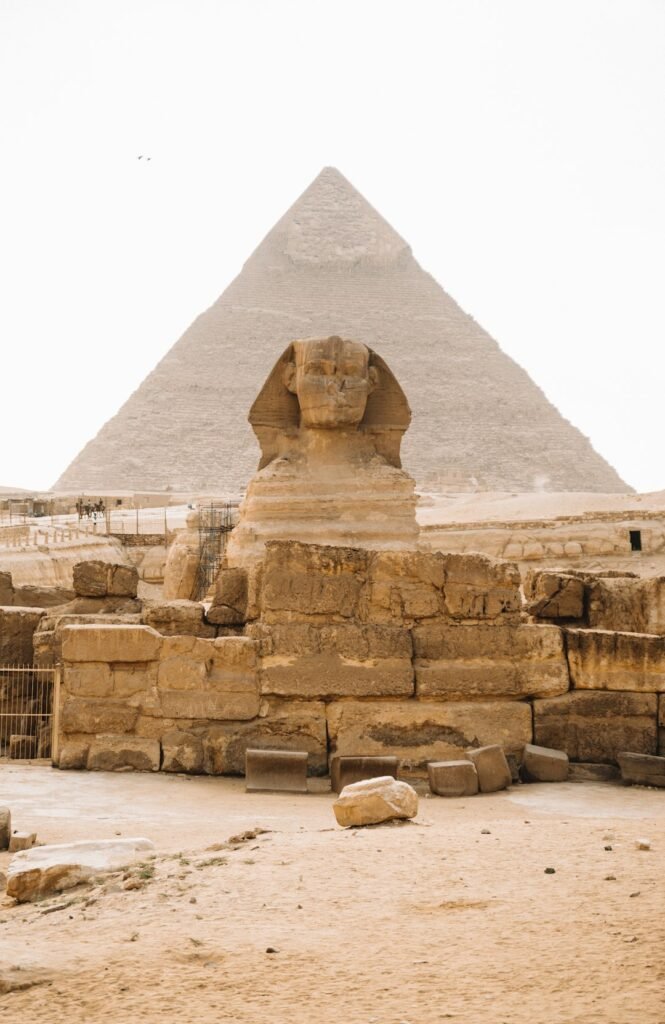What if everything we thought we knew about human civilization is wrong? What if our ancestors achieved technological and social complexity thousands of years before mainstream archaeology admits? Recent discoveries from ancient sites around the world are challenging the established timeline of human development in ways that would make our history books obsolete. From mysterious megalithic structures predating known civilizations to underwater ruins that suggest advanced coastal societies, evidence is mounting that humanity’s story is far older and more sophisticated than we ever dared imagine.
The Revolutionary Discovery of Göbekli Tepe
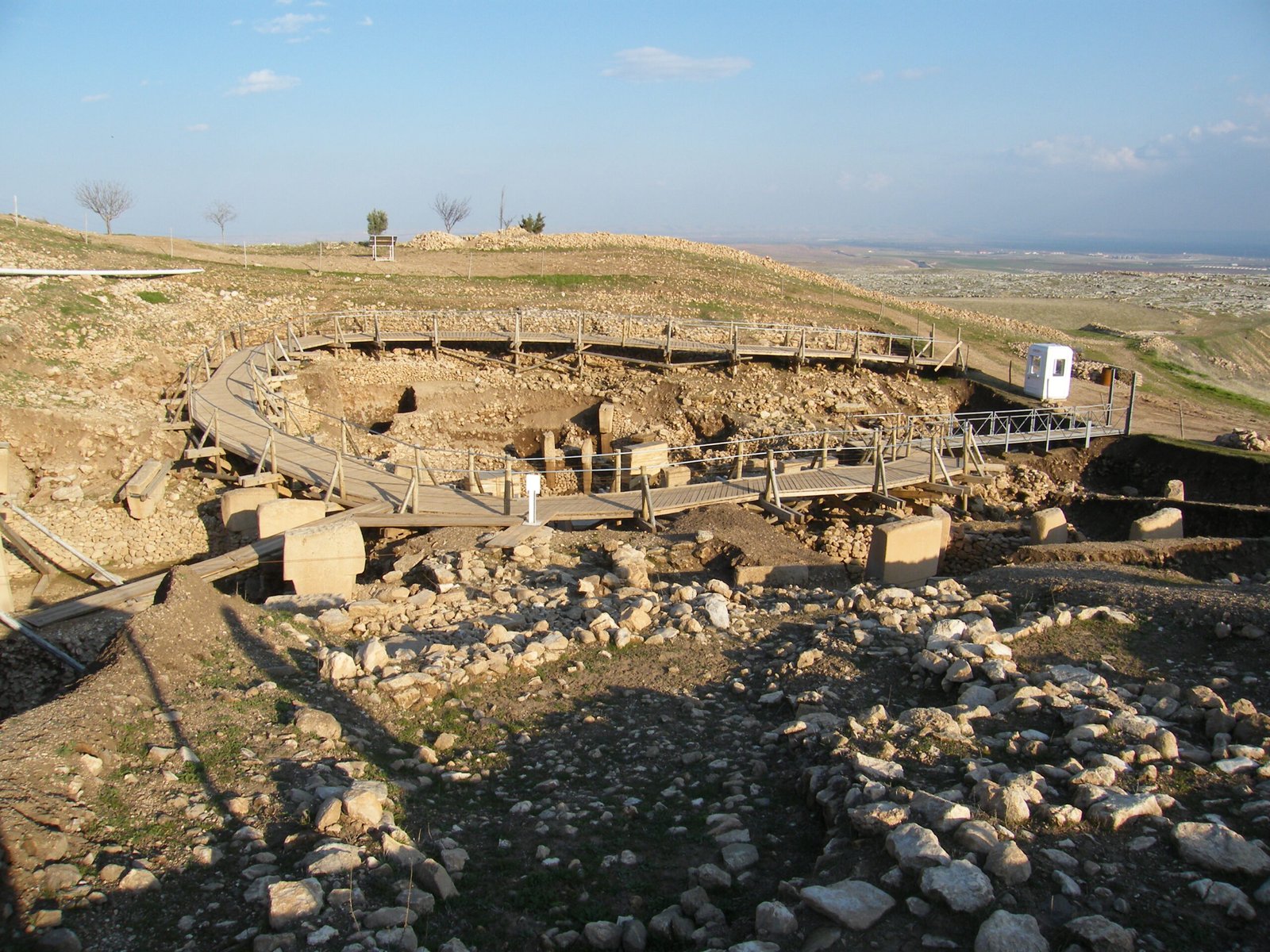
In the rolling hills of southeastern Turkey lies Göbekli Tepe, a site so revolutionary it’s been dubbed the “zero point of civilization.” Unearthed in 1994, its T-shaped limestone pillars – some towering 18 feet and weighing 16 tons – date to around 9500 BCE, a staggering 7,000 years before Stonehenge and the pyramids of Giza. The sheer scale of this construction project defies everything we thought we knew about hunter-gatherer societies of that era.
This isn’t the work of nomads with sticks; it screams organization – hundreds, perhaps thousands, of labourers hauling slabs across miles, guided by a blueprint lost to us. Archaeologist Klaus Schmidt, who excavated the site until his death in 2014, argued it was a temple complex, a sacred hub for a society we didn’t know existed. The precision and artistry carved into these ancient stones suggests knowledge systems that shouldn’t have existed for millennia.
Underwater Cities That Predate History
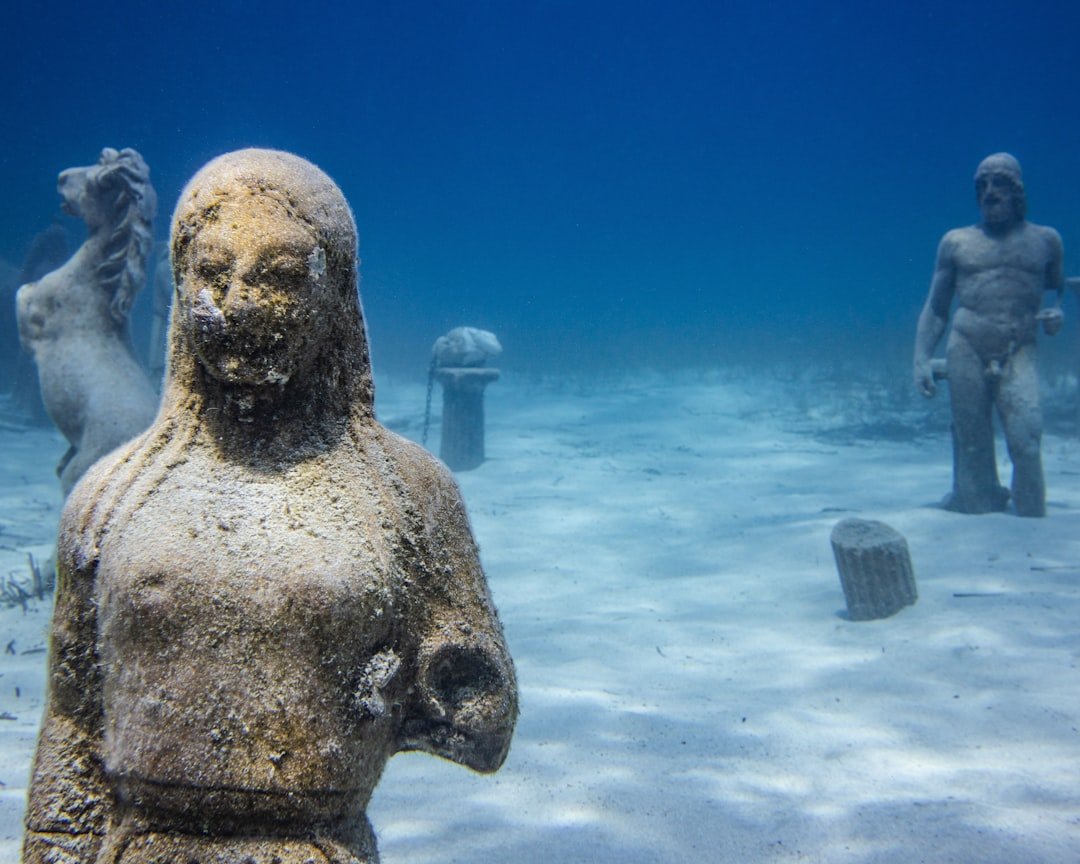
Beneath the waves lie secrets that could rewrite human history. Archaeologists have found submerged structures located off the coast of Dwarka and the Gulf of Cambay, some of them dating back 9000 years. These cities predate the Indus Valley Civilization and suggest organized urban planning, with streets, walls, and advanced layouts. The discovery of these underwater settlements challenges the conventional narrative that complex urban civilization only emerged around 5,000 years ago.
Off Japan’s Yonaguni Island, divers in 1986 stumbled on a submerged enigma: a stepped pyramid, 80 feet tall, with terraces, right angles, and stairways carved into sandstone. While debate rages about whether these structures are natural formations or human-made monuments, their geometric precision and stepped architecture bear striking resemblance to ancient temples found across the world.
The Younger Dryas Catastrophe Theory
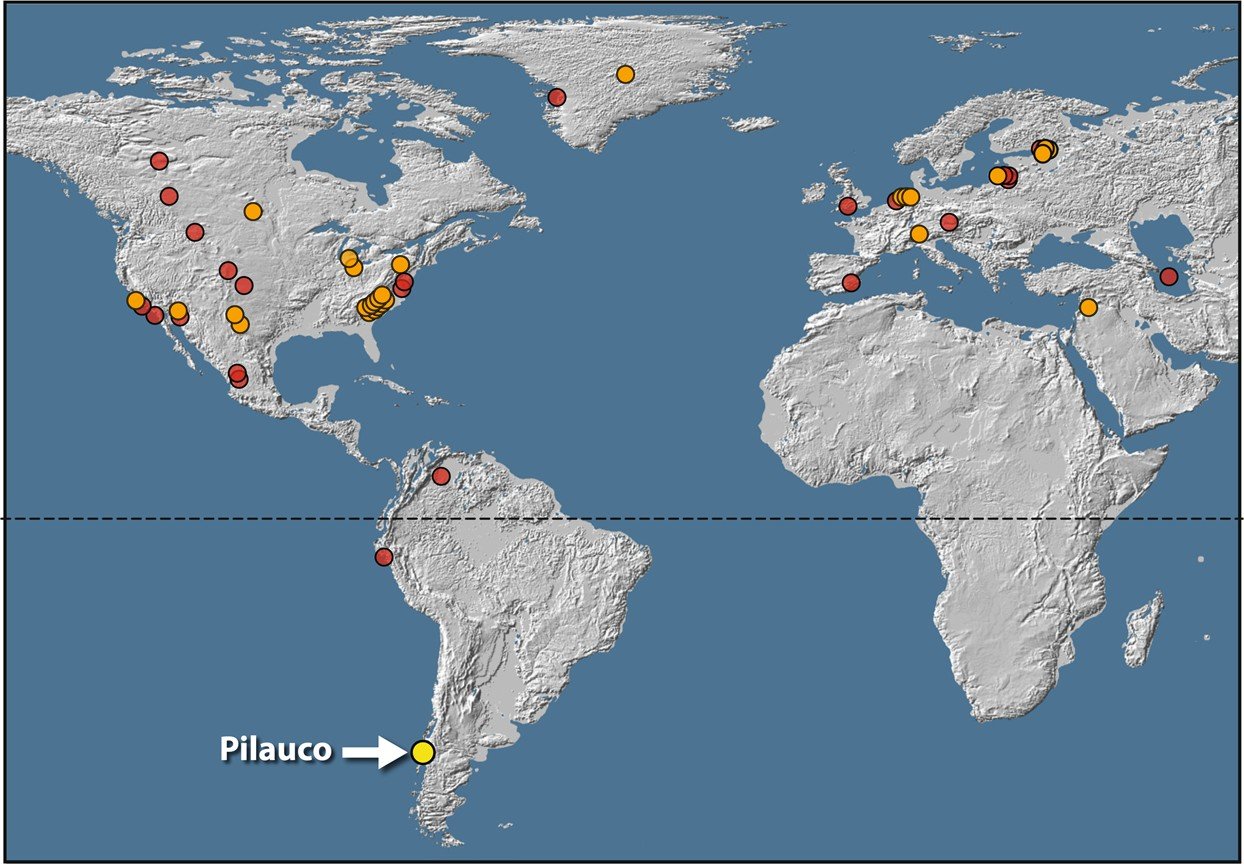
The Younger Dryas (pronounced “DRY-us”) was a sudden return to glacial conditions around 12,800 years ago, lasting about 1,200 years. Mainstream theory suggests it was caused by a disruption to ocean currents – possibly from glacial meltwater flooding into the North Atlantic. But that theory doesn’t explain the scale, speed, or strangeness of the disaster.
Recent research has provided new evidence supporting the controversial Younger Dryas Impact Hypothesis, which suggests cosmic impacts around 12,800 years ago. adds to the argument that an advanced civilization once flourished on Earth before being catastrophically destroyed. This discovery represents just one piece of a growing puzzle suggesting a global catastrophe that may have wiped out advanced human societies.
Evidence Hidden in Plain Sight

The architecture showcased in the Great Pyramids of Giza is bound to leave people spellbound. It features engineering that even modern tech might be incapable of replicating. The precision suggests knowledge of advanced geometry and astronomy that should not have existed thousands of years ago. The alignment of these structures with celestial bodies demonstrates astronomical knowledge that seems impossibly sophisticated for its supposed time period.
The Antikythera mechanism, regarded as the first analog computer, was discovered in a Greek shipwreck in 1901. The tool dated to the late 2nd or early 1st century BCE and could predict planetary movements, eclipses, and lunar cycles with incredible accuracy. Could this device have been inspired by remnants of an earlier, forgotten civilization with advanced mechanical knowledge? Such technological sophistication suggests knowledge traditions far older than mainstream archaeology acknowledges.
Pushing Back the Timeline of Human Presence

Recent archaeological discoveries are dramatically expanding the timeline of human presence in various regions. The findings at the Rimrock Draw Rockshelter near Burns makes it one of the oldest known sites of human occupation in North America. This, along with the presence of the tool underneath tooth fragments, suggests that the rockshelter may be one of the oldest human-occupied locations on the continent. Other ancient sites include Cooper’s Ferry in western Idaho, which dates back more than 16,000 years.
Archaeological discoveries throughout the Americas are pushing back the date for when humans reached the New World by thousands of years, rewriting the long-standing theory that people arrived only 13,000 years ago. These discoveries force us to reconsider not just when humans arrived in the Americas, but how sophisticated their societies might have been.
The Natufian Puzzle
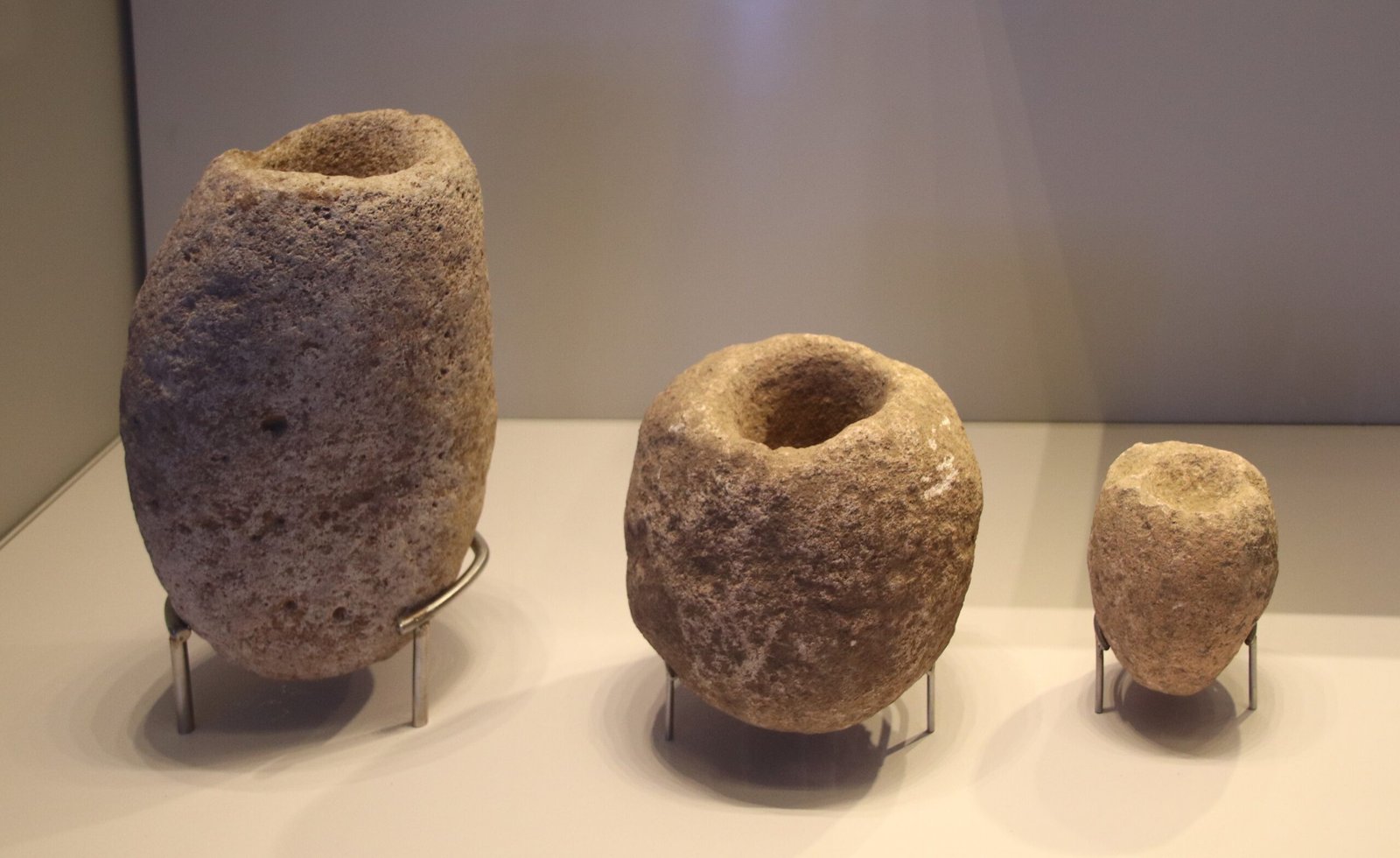
The Natufians were first identified in 1929, and though they predated humanity’s move to agriculture and sedentary life, they seemed determined to disrupt the conventional script. Archaeological teams found not only mortars and pestles that might have been used to grind grains, but also flint sickle-blades for reaping plants, and evidence suggesting they lived at some of their sites for much of the year.
Though prehistorians once assumed that farming and settling down went hand in hand, even that assumption is being challenged, if not overturned. It’s now clear that the first year-round, permanent human settlements predated agriculture by at least 3,000 years. This revelation suggests that complex social organization and permanent settlement patterns developed independently of agriculture, challenging fundamental assumptions about human cultural evolution.
Megalithic Mysteries Across Continents
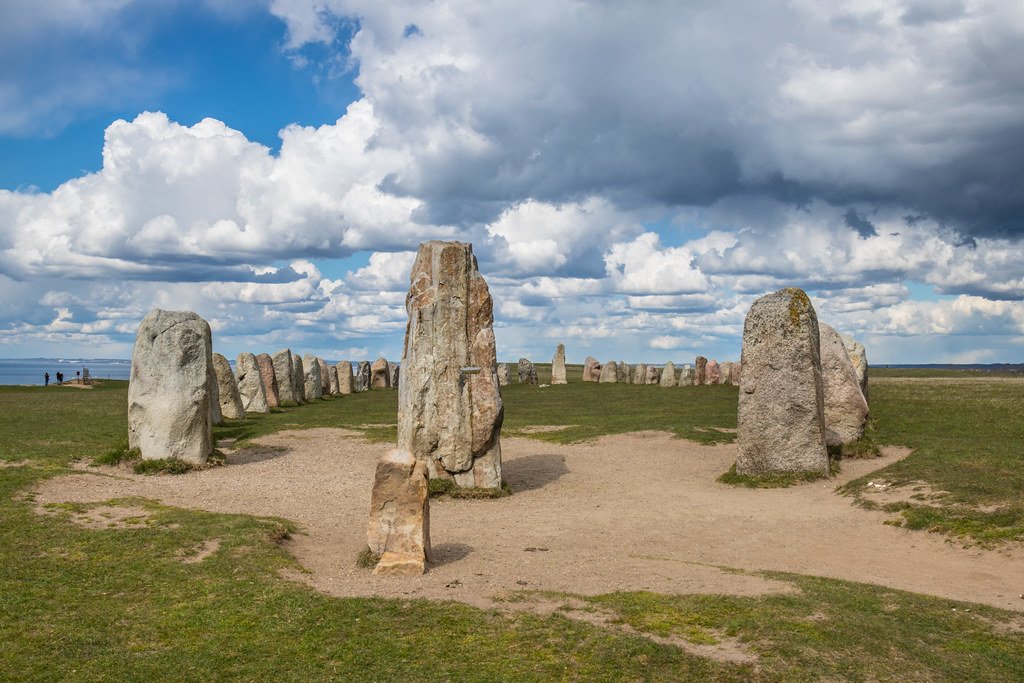
Across the globe, numerous sites like Stonehenge, Gobekli Tepe, and Baalbek unveil stunning stonework that defies conventional explanations. They feature stone blocks that not only weighed hundreds of tons, but were precisely transported with no clear understanding of how primitive societies achieved it. Gobekli Tepe, dated to 9600 BCE, dates back thousands of years, suggesting organized society existed much earlier than assumed.
The precision required to quarry, transport, and position these massive stones suggests engineering capabilities that seem impossible for societies supposedly lacking advanced tools and organizational structures. These sites share common architectural features across vast distances and time periods, hinting at possible shared knowledge traditions or cultural connections that mainstream archaeology struggles to explain.
The Academic Resistance
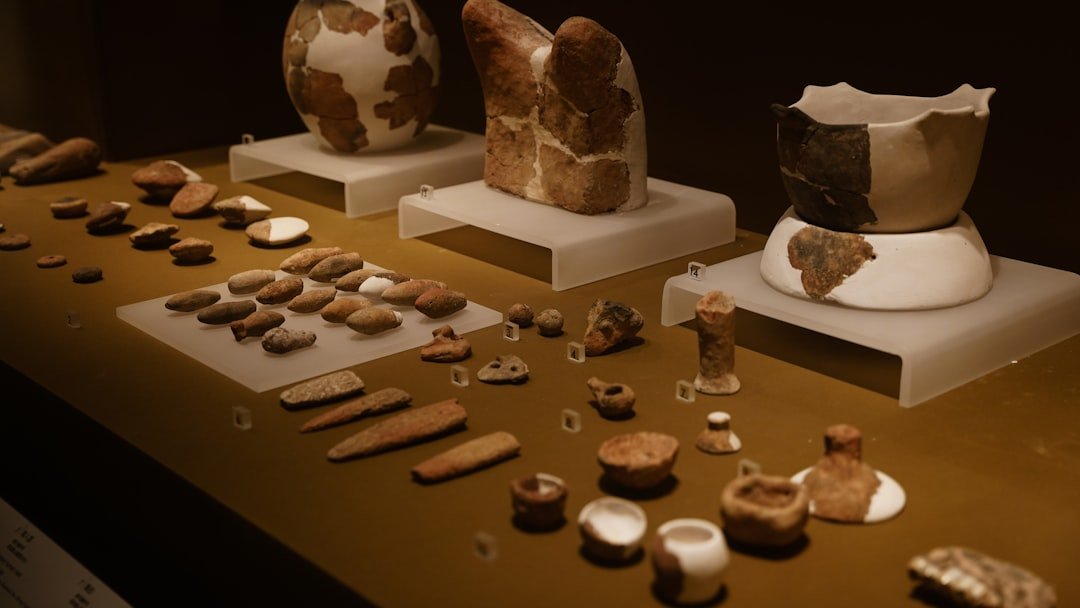
Decades of searching have failed to produce enough evidence to convince archaeologists that the standard timeline of human history needs major revision. Hancock’s plaint is that mainstream science is stuck in a uniformitarian model of slow, gradual change and so cannot accept a catastrophic explanation. This institutional resistance to paradigm-shifting discoveries may be preventing us from understanding the true antiquity of human civilization.
Both Hancock and Dr. West acknowledge that their theories face significant resistance from established academic institutions. “We’ve had papers blocked, delayed, and even targeted for retraction by those opposed to our research,” West revealed. Such resistance raises questions about whether academic orthodoxy might be suppressing evidence that challenges established historical narratives.
Global Flood Myths and Collective Memory
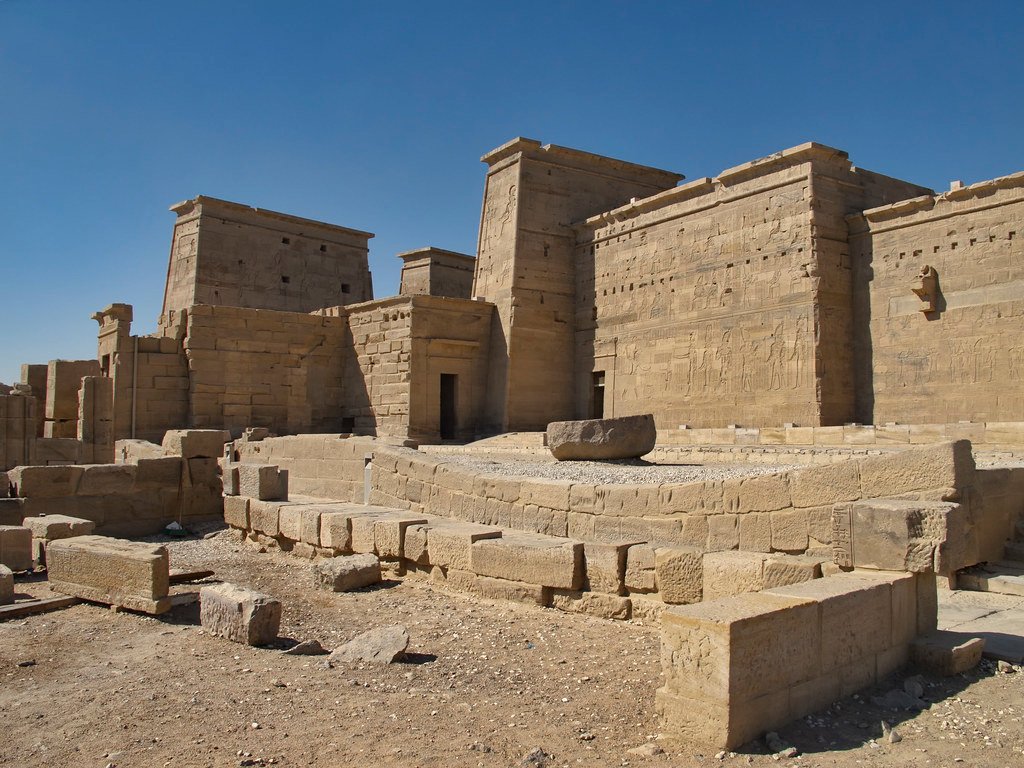
Many ancient cultures recount a great flood and a lost civilization, paralleling the idea of a pre-Diluvian society. Examples include: The Sumerian King List – This ancient Mesopotamian text records rulers who reigned for impossibly long lifespans before a great flood wiped out their civilization. The Epic of Gilgamesh – The flood myth in this epic mirrors Noah’s flood in the Bible, reinforcing the idea of a memory of a civilization lost to water.
Hancock suggests that these catastrophic events might be the origins of the flood myths found across cultures – from the biblical Noah’s Ark to the tale of Atlantis. These aren’t just allegories but echoes of real events, passed down over millennia as fragmented memories of a world lost to time. The remarkable consistency of these flood narratives across unconnected cultures suggests they may preserve genuine historical memories of catastrophic events.
The Implications for Modern Understanding
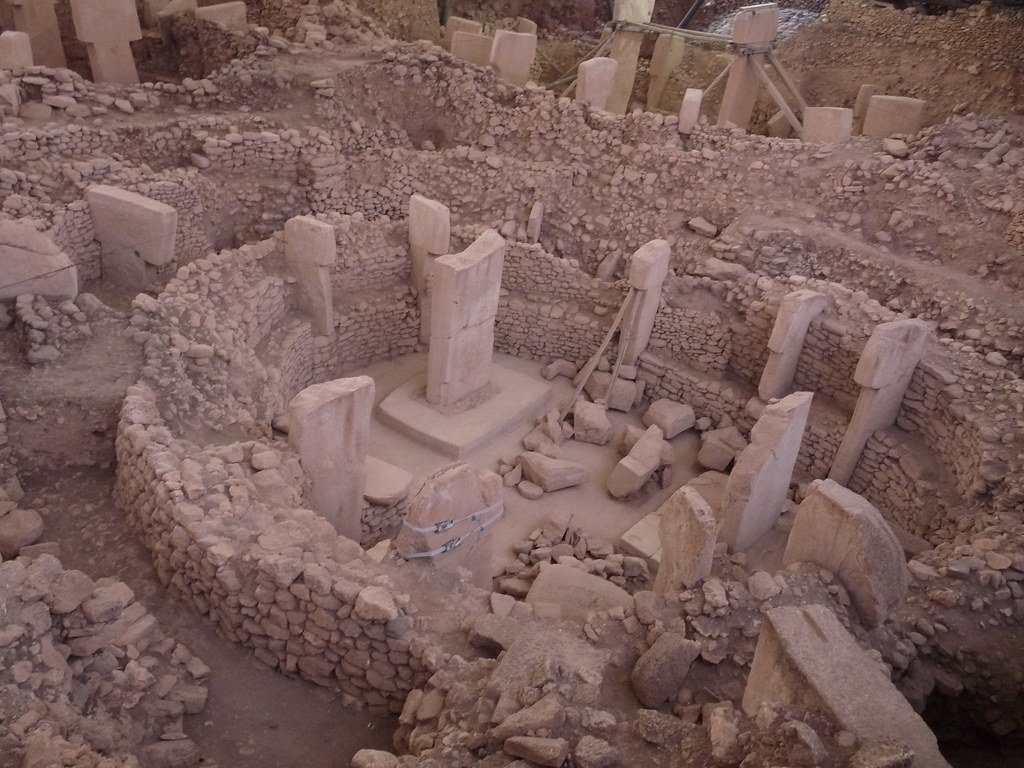
If these discoveries prove accurate, they would fundamentally reshape our understanding of human development and capabilities. The implications of confirming the Younger Dryas Impact extend far beyond geology and astronomy. If Hancock’s interpretation proves correct, it would fundamentally reshape our understanding of human civilization’s antiquity and capabilities. The author argues that survivors of this lost civilization integrated with existing hunter-gatherer populations, passing down advanced knowledge of astronomy, mathematics, and engineering that later influenced the construction of sites like Göbekli Tepe in Turkey and the precise astronomical alignments found in ancient monuments worldwide.
Such a revision would suggest that human technological and social complexity developed much earlier than currently believed, with advanced knowledge being transmitted through catastrophic periods rather than developing linearly over time. This would mean that many “primitive” societies may actually have been inheritors of much older, more sophisticated traditions.
Conclusion: Rewriting Human History

The mounting evidence from archaeological sites worldwide suggests that humanity’s story is far more complex and ancient than mainstream archaeology currently acknowledges. From the megalithic temples of Göbekli Tepe to the underwater cities off India’s coast, from sophisticated astronomical devices to global catastrophe markers, these discoveries paint a picture of advanced human societies existing thousands of years before conventional timelines suggest.
Whether these findings point to a lost Ice Age civilization destroyed by cosmic catastrophe, or simply reveal that human ingenuity and social complexity emerged much earlier than believed, they demand serious reconsideration of our assumptions about the past. The resistance from established academic institutions to these paradigm-shifting discoveries raises important questions about how scientific orthodoxy may inadvertently suppress revolutionary insights about human antiquity.
As we continue to uncover evidence that challenges our understanding of the past, we must remain open to the possibility that our ancestors were far more capable and sophisticated than we ever imagined. The story of human civilization may be not just thousands of years older than we thought, but infinitely more remarkable than our current textbooks dare to suggest. What other secrets lie buried beneath the earth or beneath the waves, waiting to completely rewrite the human story?

